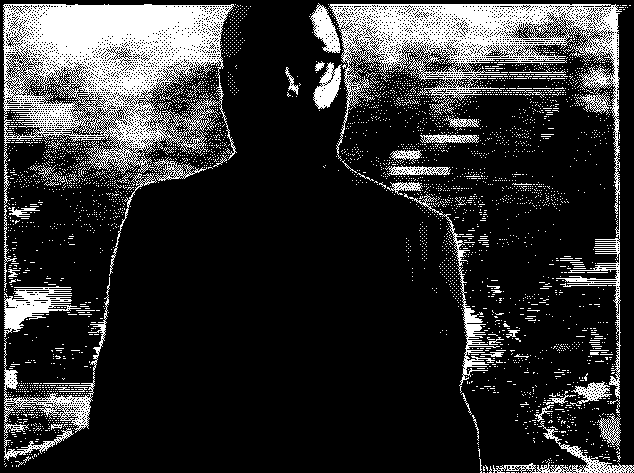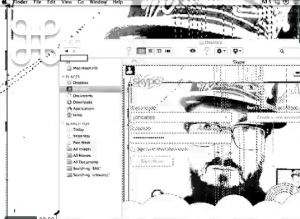Jennicam was started by Jennifer Kaye Ringley who was considered as someone who pioneered the idea of livecasting. She was 19 years old when she did her first live show in 1996.
In 1996, many people had just started to broadcast things on their webcam. However, no one was in the footage . People would post things like the footage of a fish bowl.
Jennifer changed how webcams work with the internet when she
“begins uploading pictures of herself to the web. Refreshed every three minutes, JenniCam.org displays black-and-white images that track Ringley’s daily activities, which ranges from mundane tasks and chitchat to stripteases and sexual activity.” – HUGH HART, April 14, 1996: JenniCam Starts Lifecasting
The website would automatically update with an image of her dorm room every 15 minutes, 24 hours a day, 7 days a week.

“It was basically a programming challenge to myself to see if I could set up the script that would take the pictures, upload them to this site,” says Ringley. “Just to get that happening automatically, and I shared it with a couple of friends, kinda ‘look, I got this working.” – OUR SELF-AWARE TRUMAN SHOWS Jennicam And The Birth Of ‘Lifecasting’
People began to watch her stream and it slowly moved on to livecasting videos from her webcam. She basically ‘lived’ on the internet for 7 years after that. It was interesting to note how she said that being live on the internet has changed her.
“Ringley talked to Alex Goldman and PJ Vogt from the Reply All podcast a few months ago about her trailblazing ‘90s digital presence, which got up to 7 million hits a day. “I had to develop a really thick skin, for both the good stuff and the bad stuff,” she explained, emphasizing how difficult the relentless, increasingly performative experiment could be as her fame grew.”- Kate Knibbs , Jennicam: Why the First Lifecaster Disappeared from the Internet
Jennifer did not feel like she was giving up her privacy as she said in her website that she feels like she is still alone in her room.
 |
Why are you giving up your privacy like this? |
 |
Because I don’t feel I’m giving up my privacy. Just because people can see me doesn’t mean it affects me – I’m still alone in my room, no matter what. |
This is a very true observation as many people doing YouTube do claim that are talking to a camera and essentially is alone in their room.
However, the viewers have a different experience from broadcasters. They feel that they really in with them in the space or have a relationship with them.
It is interesting to note that Jennifer has faded into online obscurity. She has no Facebook, Instagram or Twitter account. What does that tell us?














